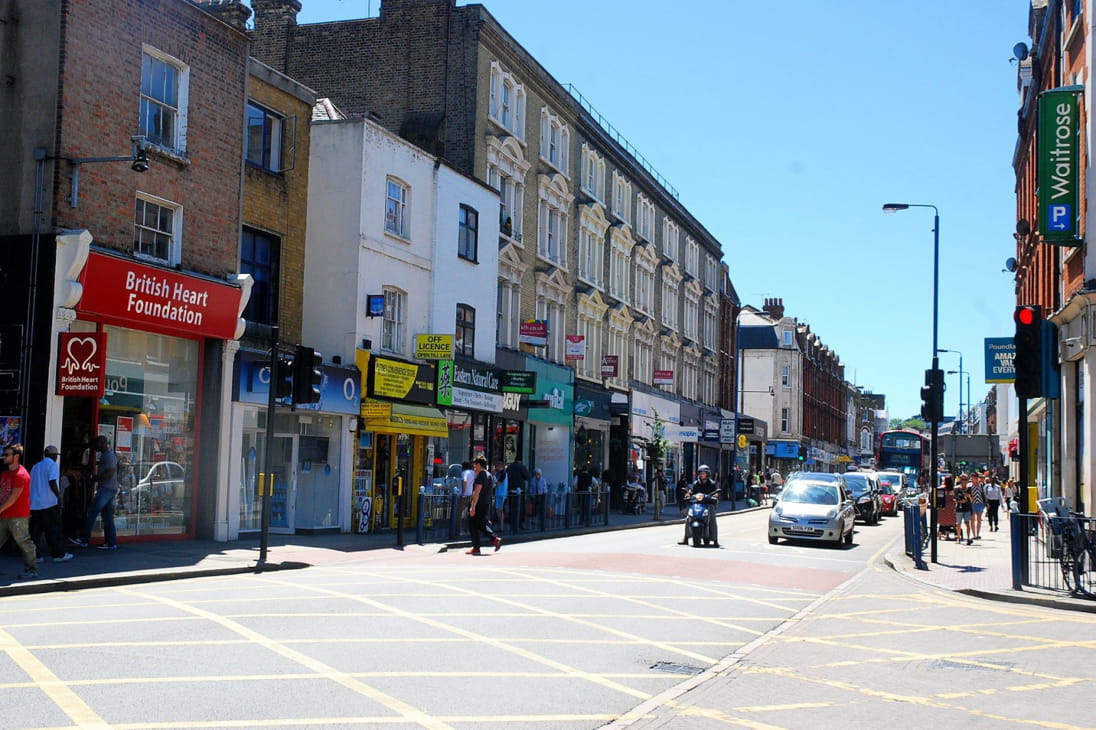Expanding Horizons: Comprehensive Guide to House Extensions in Wandsworth and Putney
Wandsworth Putney, nestled in the heart of South West London, are dynamic locales where historic charm intertwines with contemporary living. As the allure of these neighborhoods continues to draw in new residents, the need for more spacious, versatile living areas grows. House extensions have emerged as the go-to solution for homeowners looking to enhance their living quarters without sacrificing their home’s character or relocating from these beloved areas. This extensive guide will delve into every aspect of house extensions in Wandsworth and Putney, offering detailed insights from the initial planning stages to the final touches that make a house a home.
The Concept of House Extensions
House extensions are a means to expand the footprint of your existing home, adding space and potentially increasing property value. These projects can vary widely in scope, from small additions that create a cozy home office to grand, multi-story renovations that significantly alter the home’s layout and functionality.
Types of House Extensions
- Single-Storey Extensions: These are ideal for expanding ground floor living spaces. Common uses include enlarging kitchens to create open-plan dining areas, adding a new living room, or extending a rear garden room. Single-storey extensions are relatively straightforward and budget-friendly.
- Double-Storey Extensions: For those needing substantial additional space, double-storey extensions add rooms both upstairs and downstairs. This can be an excellent way to add extra bedrooms and bathrooms, making it ideal for growing families.
- Side Return Extensions: Particularly popular for Victorian and Edwardian terraced homes, side return extensions make use of the narrow space along the side of the house, expanding kitchens or creating new dining areas without altering the home’s frontage.
- Wrap-Around Extensions: Combining rear and side extensions, wrap-around projects offer significant flexibility and can dramatically transform the layout and functionality of your home.
- Loft Conversions: Converting an underutilized attic space into a functional area such as a bedroom, study, or playroom. This is a great way to increase space without expanding the home’s footprint.
- Basement Conversions: In areas where expanding outward isn’t an option, basement conversions can add substantial space. These are perfect for creating entertainment rooms, gyms, or additional bedrooms.
Initial Planning and Considerations
Assessing Your Needs
The first step in any extension project is a thorough assessment of your needs and goals. Consider questions like:
- What is the primary reason for the extension? More living space, additional bedrooms, or perhaps a home office?
- How much additional space do you require?
- What is your budget for the project?
- How will the new space integrate with the existing layout and functionality of your home?
Budgeting and Financing
House extensions can range from modest to major financial investments. Establishing a clear budget early on is essential. Include costs such as:
- Architectural and design fees
- Planning permission fees
- Construction and materials costs
- Interior finishing
- Landscaping and external works
Additionally, it’s wise to allocate a contingency fund to cover any unexpected expenses. Financing options might include personal savings, home improvement loans, or remortgaging. Consulting with a financial advisor can help you choose the best financing route for your circumstances.
Legal Considerations and Planning Permission
Navigating the legal landscape is a critical component of any extension project in Wandsworth and Putney. Most extensions will require planning permission from the local council. Understanding local regulations and obtaining the necessary permissions is crucial to avoid legal complications later on. Key factors to consider include:
- Compliance with local zoning laws
- Impact on neighboring properties
- Restrictions within conservation areas
- Adherence to building regulations and standards
Engaging with a professional architect or planning consultant can ease this process, ensuring all legal requirements are met and streamlining the approval process.
Design Phase
Choosing the Right Design
The design phase transforms your vision into a tangible plan. Collaboration with an experienced architects or designer is invaluable in creating a design that harmonizes with your existing home while fulfilling your specific needs. Key design elements include:
- Aesthetic Continuity: Ensuring the extension matches the style, materials, and proportions of the original structure to maintain visual harmony.
- Functionality: Designing the space for practical use, ensuring it serves its intended purpose efficiently.
- Natural Light: Maximizing the use of windows, skylights, and glass doors to create a bright, airy atmosphere.
- Outdoor Connection: Designing the extension to enhance interaction with outdoor areas, improving the overall living experience.
Sustainable Design
Sustainability is an increasingly important aspect of home extensions. Incorporating eco-friendly features not only reduces environmental impact but can also lead to significant cost savings over time. Consider:
- Installing energy-efficient windows and insulation
- Utilizing renewable energy sources, such as solar panels
- Selecting sustainable building materials
- Incorporating water-saving fixtures and fittings
The Construction Process
Selecting the Right Builder
Choosing a reputable, experienced builder is paramount to the success of your extension project. Look for contractors with a strong portfolio of similar projects, and verify their references and reviews. A good builder will collaborate closely with you and your architect to ensure the project is completed on time, within budget, and to a high standard.
Project Management
Effective project management is essential to keep the construction process running smoothly. Regular communication with your builder and architect can help address any issues promptly. Stay flexible and be prepared for minor adjustments as the build progresses. Key aspects of managing the build include:
- Monitoring progress to ensure timelines are met
- Managing the budget to avoid overspending
- Ensuring compliance with all safety and building regulations
Minimizing Disruption
Living through a house extension can be disruptive, particularly if you remain in the home during construction. Planning ahead can minimize inconvenience. Consider:
- Protecting existing areas of the home from dust and damage
- Ensuring the construction site is secure and safe
- Communicating regularly with neighbors to keep them informed and maintain good relations
Final Touches and Interior Design
Interior Design
With the construction complete, attention turns to interior design. This stage is about bringing your new space to life, making it both functional and aesthetically pleasing. Key considerations include:
- Color Scheme: Choose colors that enhance the feeling of space and light, and complement the existing decor.
- Furniture and Layout: Select furniture that fits the space well, ensuring it remains comfortable and practical.
- Storage Solutions: Incorporate built-in storage to keep the space organized and clutter-free.
- Lighting: Use a mix of natural and artificial lighting to create a warm, inviting atmosphere.
Landscaping and Exterior Finishes
If your extension affects the outdoor space, landscaping becomes an important final touch. A cohesive design can enhance the overall look and functionality of your property. Consider:
- Patios and Decking: Create outdoor areas for entertaining and relaxation.
- Garden Beds and Planting: Add color and greenery to complement your home.
- Pathways and Lighting: Improve accessibility and safety with well-designed pathways and lighting.
Conclusion
Undertaking a house extension in Wandsworth or Putney is an exciting venture that can significantly enhance your living space and increase your property’s value. By meticulously planning and designing your extension, working with skilled professionals, and focusing on the details that make a house a home, you can create a space that perfectly suits your needs and reflects your personal style. Whether you’re looking to add more living space, modernize your home, or simply enhance its functionality, a well-executed extension can transform your property into a dream home. With careful consideration and attention to every aspect of the project, your house extension can be a smooth and rewarding experience, paving the way for a more comfortable and enjoyable living environment.



Comments are closed